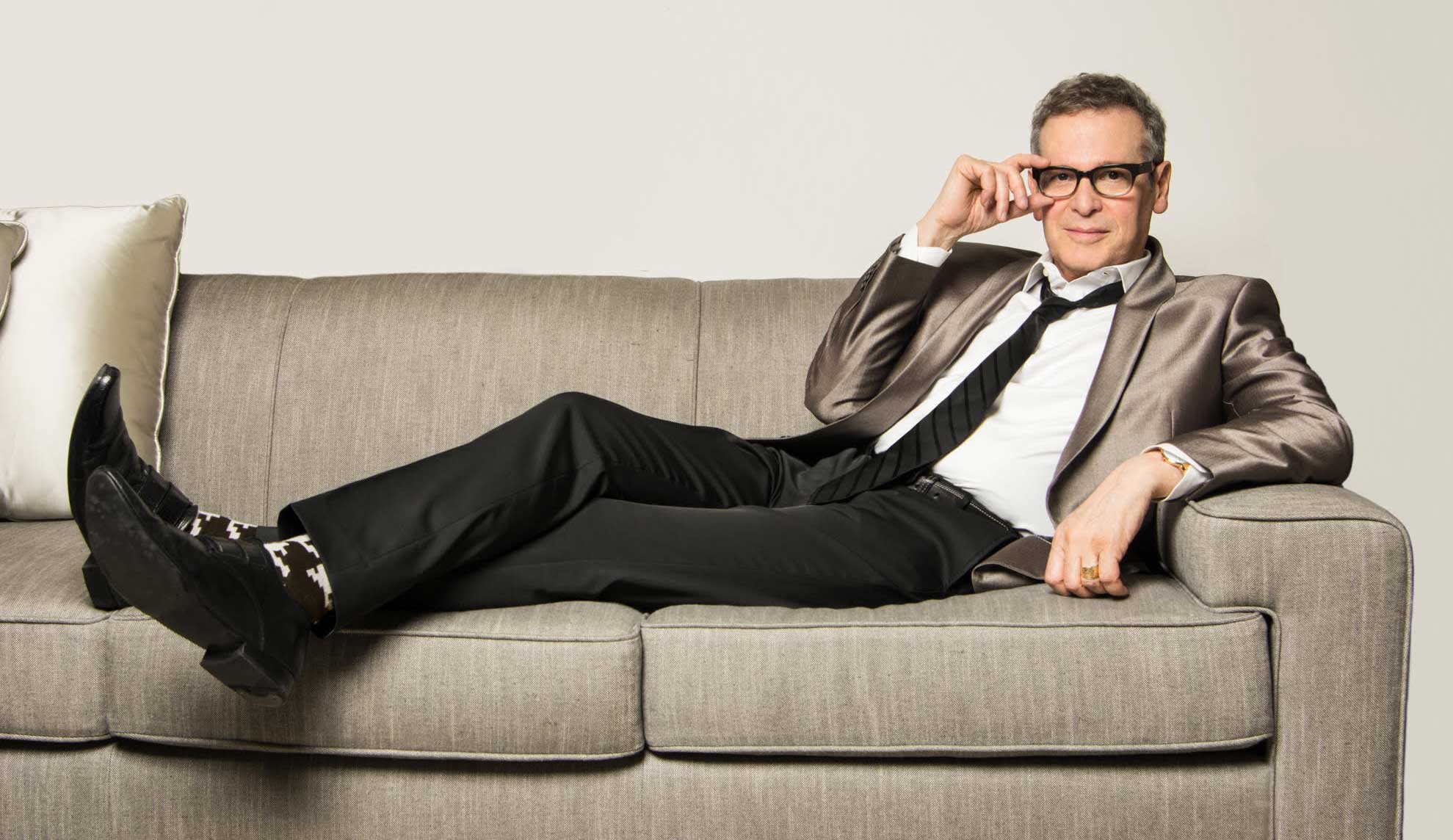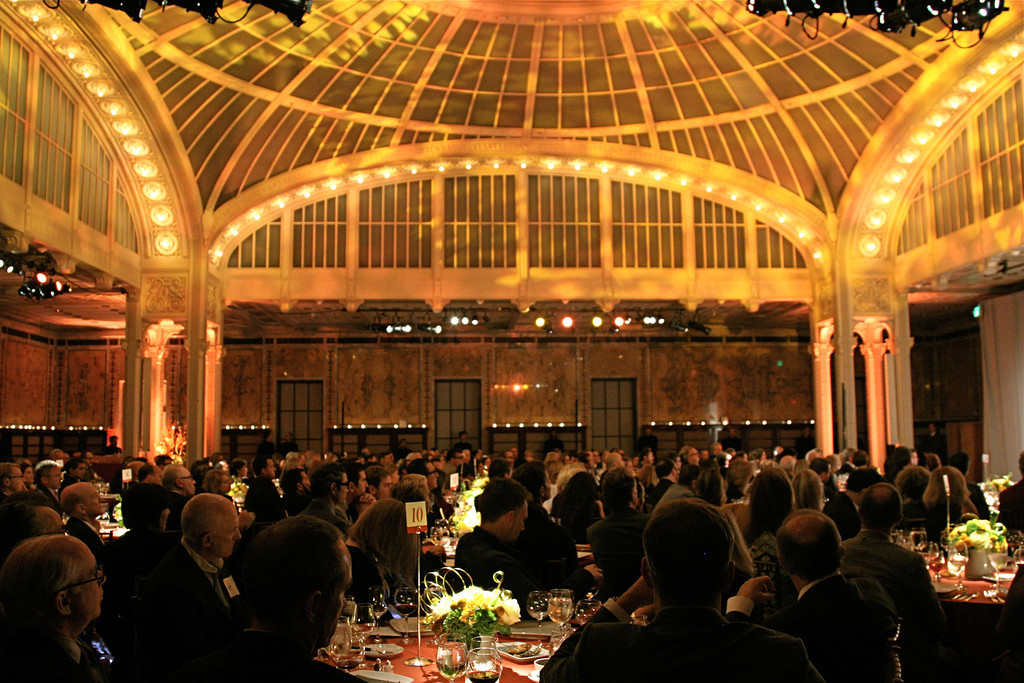Since I was a kid, I have been obsessed with I Love Lucy. Upon reflection, I realize the show taught me lots of lessons that have helped in my design career.
Like many of my clients, Lucy and Ricky Ricardo’s story is that of the American Dream. Yes, Lucy always wanted to get into show business and become a star, but as the show went on, the Ricardos became parents and began to move upward economically. Their homes grew in size and became more refined as the couple achieved greater success. And Lucy was always interested in having the most beautiful home possible.
At the beginning of the show, Ricky was an employee in a nightclub. As the series progressed, he became the owner of the club. Along the way he was courted by Hollywood and made a film for MGM. He was able to afford a much better lifestyle.

A “Live Like Lucy” advertisement from 1953. Note the price for the complete “I Love Lucy” suite of bedroom furniture!
Early Lucy
In the show’s first season, 1951-52, the Ricardos live in a rented apartment in Manhattan’s East 60s. Fred and Ethel Mertz are their landlords, neighbors, and best friends. Both couples live in downscale apartments, design-wise.

The plan of Lucy and Ricky Ricardo’s first New York City apartment–a classic one-bedroom (with twin beds). Plans for all of Lucy and Ricky’s residences, along with those of many other iconic sitcom families, can be found in the entertaining book TV Sets: Fantasy Blueprints of Classic TV Homes, by Mark Bennett.
In season two, Lucy enters the “Home Show” and thinks she’s won an apartment’s worth of new furniture. She sells all their old furniture, and she and Ethel re-wallpaper the bedroom with disastrous results. This may have been the first example of DIY on a sitcom.
Second Apartment
With the addition of a new baby, Little Ricky, the Ricardo’s place proves too small, so they move into a new two-bedroom apartment in the same building. This space has a window in the living room, as well as a nursery.

A rare color photograph of the second apartment set, which was filmed in black and white, with an au courant one-armed sofa.
In a later episode, Lucy cons Ricky into buying all new furniture for the living room, including a one-armed mid-century sofa. They give the Mertzes their old furniture and help them redo their place. This results in another fiasco as Fred unwittingly switches on the fan while they are reupholstering a chair, blowing feathers everywhere.
Hollywood, California
In season four, Ricky gets an offer from MGM and the Ricardos move to Hollywood while he’s filming. The studio puts them up in a suite in the glamorous “Beverly Palms Hotel.” This is a fantastic set with great mid-century furniture. They also visit sets based on the Brown Derby restaurant, William Holden’s house, the Don Loper dress salon, and other iconic LA interiors.

The Beverly Palms set was dressed with great mid-century furniture like this striking upholstered armchair.
Westport, Connecticut
Back on the East Coast, Lucy falls in love with the idea of living in the country. Now that Ricky is successful, they can afford a house and they buy a vintage Colonial in Westport, Connecticut. In my favorite episode, competitive next door neighbor, Betty Ramsey, takes Lucy shopping for a whole new house full of Early American furniture. Lucy blows the budget when she mistakes the stock numbers for prices.
I have had clients for whom I have designed multiple homes over the years. I’ve watched them and their families grow and evolve, just like Lucy and Ricky–maybe not so comically, but just as rewardingly.
My next post will be my report from the Architectural Record Innovation Conference.
























